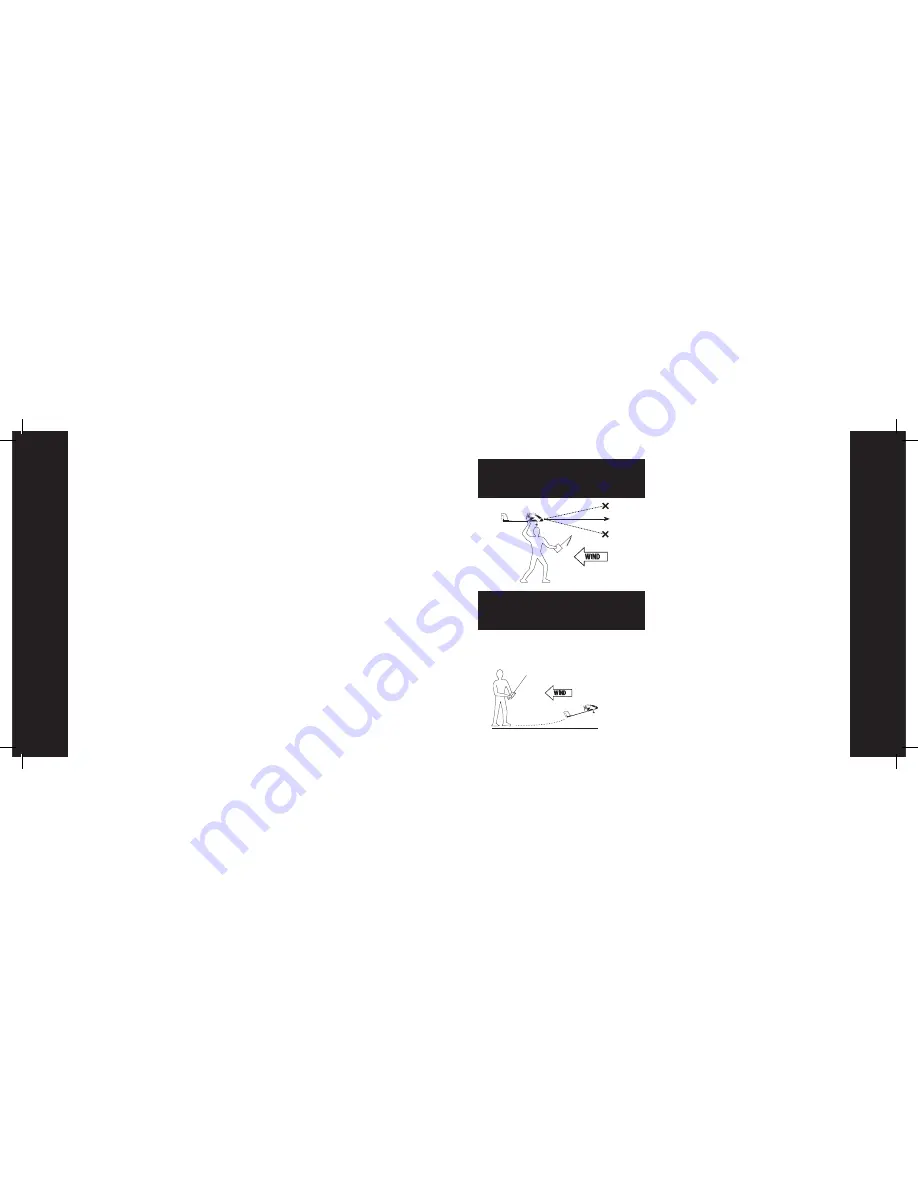
Step
2
Step
2
Runway Takeoff (ROG)
Recommended for experienced pilots only.
1. If you are an experienced pilot, and have
a smooth and long surface, you can take
off from the ground. Make sure your
landing gear is properly installed and
is securely in the slot on the fuselage
before you attempt takeoff.
2. Stand behind the Firebird Phantom
™
and
point it directly into the wind on smooth
asphalt or concrete.
3. Apply full power and adjust the right
control stick as necessary to keep the
Firebird Phantom headed directly into
the wind.
4. If the battery is fully charged, the
Firebird Phantom should lift off the
ground in approximately 40 feet. Apply
some UP elevator by pulling the stick
back, and the plane will lift off of the
ground in a shorter distance. Remember,
only a small amount of UP is needed.
Too much will result in a stall after the
plane has left the ground.
Taking Off
1. Make sure the battery is fully charged.
2. While holding the transmitter in one
hand, push the throttle stick to full-on
(up) with thumb.
3. Your Firebird Phantom will need to be
hand-launched. On first flights, have a
second person (adult recommended)
launch your Firebird Phantom while the
pilot controls with the transmitter. Adult
assistance is always recommended for
pilots 12 years of age or younger.
4. Take a couple of steps and launch the
model directly into the wind. Keep the
wings level. Use medium force. Do not
throw it up or down. Point it level
(parallel) with the ground when releasing.
Think of it as a javelin that you are throw-
ing 20 feet away.
Watch out!
Keep the spinning propeller
away from your hair, head and hands or
injury may occur.
1
Step
11
1
Step
11
Important:
Before launching, determine
the wind direction by watching which way
the red transmitter ribbon is blowing.
Your Firebird Phantom
™
is equipped with
a third channel for pitch control (elevator).
Pulling back on the right stick provides
UP elevator that allows for better flares for
landing, a better climb rate and more
effective turns. However, giving too much
UP elevator (pulling back to far on the right
stick) will cause the airplane to enter a stall,
especially at slower speeds.
Just after a stall occurs, the nose of the
airplane will go down, and the airplane will
begin to enter a dive. To recover from a stall,
pull the right stick back slowly (UP elevator)
once the nose of the airplane goes down
and the plane has built up airspeed. Pulling
back slowly on the stick will put the nose
up, and cause the plane to exit the stall and
return to straight and level flight. Be care-
ful, as pulling back too quickly or too far will
once again cause the airplane to stall.
Using Elevator
Wind direction
for hand launch
Wind direction for
runway takeoff
Содержание Firebird Phantom
Страница 20: ...Step 2 Step 2 38 39 ...






































